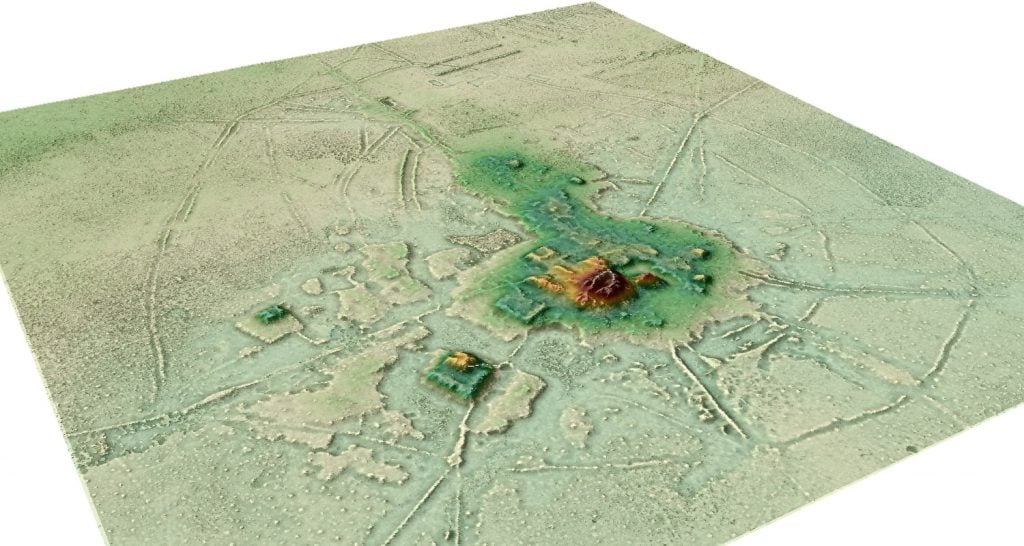Archaeology & History
Using Lasers, Archeologists Have Discovered a Surprisingly Vast Network of Ancient Cities Deep in the Bolivian Amazon
The findings show that the region was more urban than researchers had previously realized.

The findings show that the region was more urban than researchers had previously realized.

Jo Lawson-Tancred

The use of airborne LiDAR technology has enabled scientists to map out a vast network of urban settlements in the Bolivian Amazon.
According to a paper published yesterday in the journal Nature, the 26 interconnected sites were built by the Casarabe culture, which occupied an area of 2,800 square miles between 500 and 1,400 C.E.
Detecting lasting evidence of these settlements has been made logistically complicated for researchers by the dense rainforest. Now, researchers have a bird’s-eye-view and, using the data captured by LiDAR, also known as light detection and ranging, have been able to digitally remove the forest’s vegetation and produce a detailed model of the underlying terrain.
Two sites that were already known, Landivar and Cotoca, are shown to have been major urban centers fortified by concentric polygonal moats and connected to smaller, more remote settlements via raised causeways up to several miles in length.
Other structures found include monumental civic-ceremonial architecture, such as stepped platforms, platform mounds, and conical pyramids up to 72 feet tall. A sophisticated water management system includes reservoirs and canals connecting to rivers.

The Riegl VUX-1 scanner with a Trimble APX-15 UAV GNSS, attached to the Eurocopter AS350 helicopter. Photo courtesy of H. Prümers / DAI.
In recent years, the remote sensing method LiDAR has been used for recording concealed archaeological sites worldwide. From a height of 650 feet, beams that were fired down over the forest bounced back, recording the distance of whatever it had come into contact with. This high volume of data points was then combined by computers to produce high-resolution, detailed maps.
The degree of landscape engineering that was carried out by the Casabre suggests that large sections of what is now forest may have once been savannas before European invaders arrived. That pre-Hispanic agrarian-based civilizations have been shown to have lived in a network of low-density urban settlements dispels the notion that this region of the Amazon has only ever been sparsely populated. It also challenges the Westernized perception of the Amazon as an untouched wilderness.
The project was a joint effort carried out by the German Institute of Archaeology, University of Bonn, University of Exeter, and the Ministry of Planning of the Plurinational State of Bolivia.